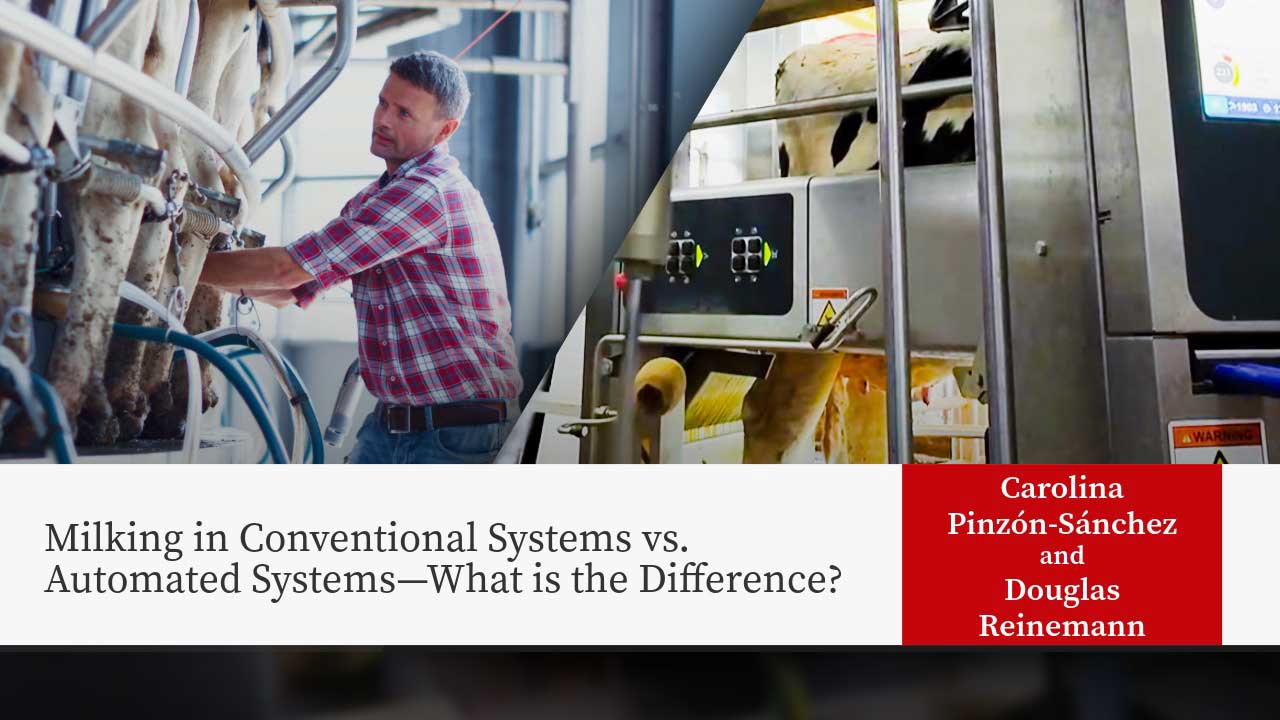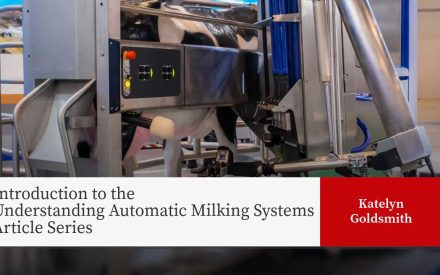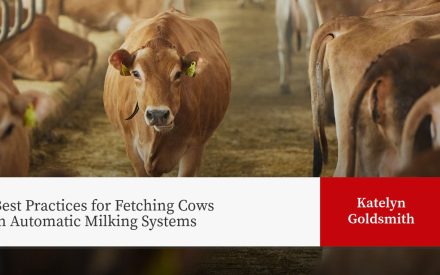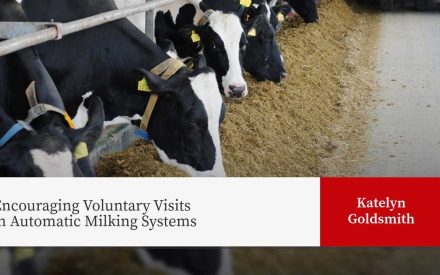
Introduction
Understanding how milk harvesting functions within an Automatic Milking Systems (AMS) 🔍 is essential for any dairy producer considering its adoption. Although AMS can reduce the need for manual labor by handling routine tasks, they do not eliminate the need for human involvement. Farmers are still responsible for managing issues, maintaining equipment, and interpreting complex data, which requires developing new skills in technology management and data-driven decision-making. Unlike conventional systems, AMS enables cows to be milked voluntarily, allowing for an adjustable milking frequency 🔍 and enhancing animal comfort. This technology reshapes the entire workflow—from pre- and post-milking routines to data production and analysis. In this article, we explore the key differences between conventional and automated milking approaches, helping farmers determine which system aligns best with their operational goals.
Key Differences in Milking Systems
In conventional milking systems, milking frequency and schedules are determined by farm management. Farm staff, including milking personnel and cow movers, play a hands-on role in each session, performing tasks such as teat preparation and monitoring for abnormal milk and udders. The milking cluster, consisting of four teat cups, is typically attached and removed as a single unit. If one quarter finishes milking earlier, the whole unit usually stays on until the slowest quarter is done.
In contrast, AMS rely on robotic technology to carry out the milking process with minimal human involvement. Successful implementation of AMS depends on proper cow training to ensure comfort and confidence in using the system. Cows voluntarily enter the milking unit (or “box”), where the system determines milking access 🔍 based on factors such as the time since the last session and the expected milk volume. Pre- and post-milking procedures are fully automated and applied consistently. Each quarter is milked independently, with built-in sensors monitoring milk flow and other indicators to detect potential issues. The robotic arm 🔍 attaches individual cups one at a time and detaches each as flow decreases, providing more precise data and insights into the performance of each quarter.
The following table outlines the key differences between conventional and automated milking systems.
| Characteristic | Conventional Milking | Automated Milking System (AMS) |
|---|---|---|
| Milking frequency | Determined by staff schedules. | Determined by system rules based on time and milk availability. |
| Milk harvesting | One unit with four teat cups attached and removed together. | Four independent teat cups, each operating separately. |
| Pre- and post-milking preparation | Performed manually; consistency may vary. | Fully automated; consistent and repeatable. |
| Teat cup attachment | Manual. | Automated using laser or camera guidance. |
| Clinical mastitis detection | Visual detection by milking personnel. | Sensor-based detection with alerts. |
| Teat cup removal | All cups are removed simultaneously. | Each cup is removed independently based on milk flowrate. |
| Risk of overmilking | Higher due to simultaneous removal. | Reduced by quarter-level control. |
| Staff involvement | High; present throughout. | Minimal; primarily for monitoring and maintenance. |
| Udder access | Easy and safe for interventions. | Limited; not designed for regular manual access. |
Pre-Milking Preparation: Ensuring Clean and Stimulated Teats
Regardless of the system used, the goal of pre-milking preparation is to attach a properly functioning milking unit to teats that are clean, dry, and well-stimulated. Effective preparation supports hygiene and cow physiology by promoting milk let-down, enabling timely teat cup attachment, and reducing overall milking time.
In AMS, teat cleaning methods vary by brand and design, but the effectiveness often depends on the cleanliness of the udder upon entry. Common AMS teat preparation methods include:
- Dedicated teat preparation cup: Uses air, water, sanitizer, and vacuum to wash, stimulate, fore-strip, and dry each teat individually. Foremilk and cleaning solutions are diverted to a drain.
- Rotating brushes: Applies sanitizer while cleaning the teats and udder base. Brushes are often disinfected automatically between cows.
- Integrated cleaning and milking cups: All four teat cups perform cleaning, preparation, and milking, with waste diverted to a drain.
Post-Milking Disinfection: Complete Coverage for Mastitis Prevention
Post-milking teat disinfection is essential for reducing the risk of new intramammary infections. Its primary purpose is to eliminate bacteria on the teat skin immediately after milking, when the teat canal is still open and the udder is most vulnerable. Full and consistent coverage is critical for effective mastitis prevention.
In AMS, disinfection methods vary by system. The most common approach uses a robotic arm that automatically sprays disinfectant onto each teat after cup removal. Some systems use integrated teat cup spraying, applying disinfectant while the teat is still inside the cup.
Challenges to effective disinfection include incomplete coverage, especially on small or hard-to-reach teats, and cow movement during spraying. Regular maintenance of nozzles and spray arms is essential to ensure proper function and effective delivery.
Conclusions
The transition from conventional to automated milking systems represents a significant shift in dairy farm management. While conventional systems rely heavily on human labor and close observation, AMS offers greater consistency, efficiency, and data-driven decision-making. Key benefits of AMS include individualized teat milking, reduced risk of overmilking, and early detection of health issues. However, AMS introduces its own set of challenges, such as limited physical access to the udder, the need for regular maintenance, and proper cow training.
Ultimately, the choice between conventional and automated systems depends on factors like farm size, labor availability, investment capacity, and farm goals. Understanding the core differences in milk harvesting and related tasks is key for making informed decisions that support both animal welfare and operational efficiency.
To learn more about strategies for adopting new technology, read the article: Adopting New Technology—Start with the Right Questions.
Author

Carolina Pinzón-Sánchez
Bilingual Dairy Outreach Specialist – As a statewide Dairy Outreach Specialist, Carolina identifies needs and incorporates research findings into high-quality outreach education programs around dairy production.

Douglas Reinemann
Milking Machine & Farm Energy, Cals Associate Dean for Extension – Douglas Reinemann is associate dean for extension and outreach in the College of Agricultural and Life Sciences. As associate dean, he coordinates activities of CALS Extension faculty and academic staff with the Division of Extension, as well as outreach activities in the college. Dr. Reinemann is also a professor and Extension specialist in the Department of Biological Systems Engineering. His Extension programs are focused on machine milking, milk quality, and farm energy issues.


 Introduction to the Understanding Automatic Milking Systems Article Series
Introduction to the Understanding Automatic Milking Systems Article Series Case Study of a Mastitis Investigation in an Automatic Milking System (AMS)
Case Study of a Mastitis Investigation in an Automatic Milking System (AMS) Best Practices for Fetching Cows in Automatic Milking Systems
Best Practices for Fetching Cows in Automatic Milking Systems Encouraging Voluntary Visits in Automatic Milking Systems
Encouraging Voluntary Visits in Automatic Milking Systems


